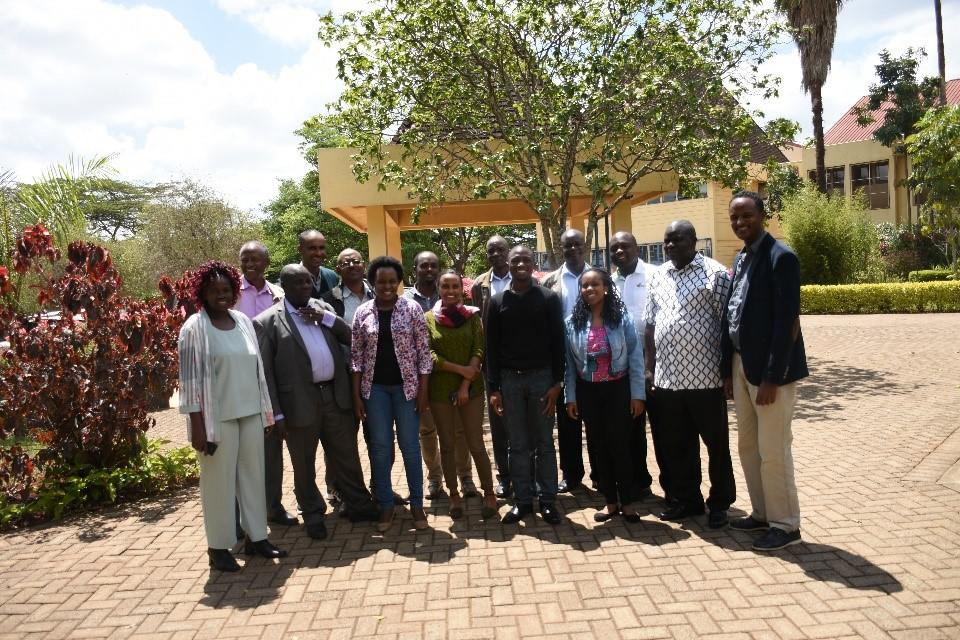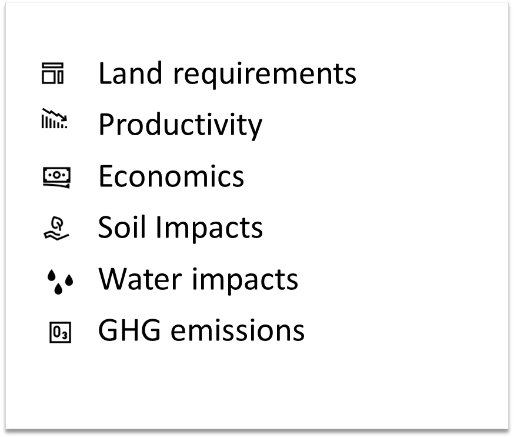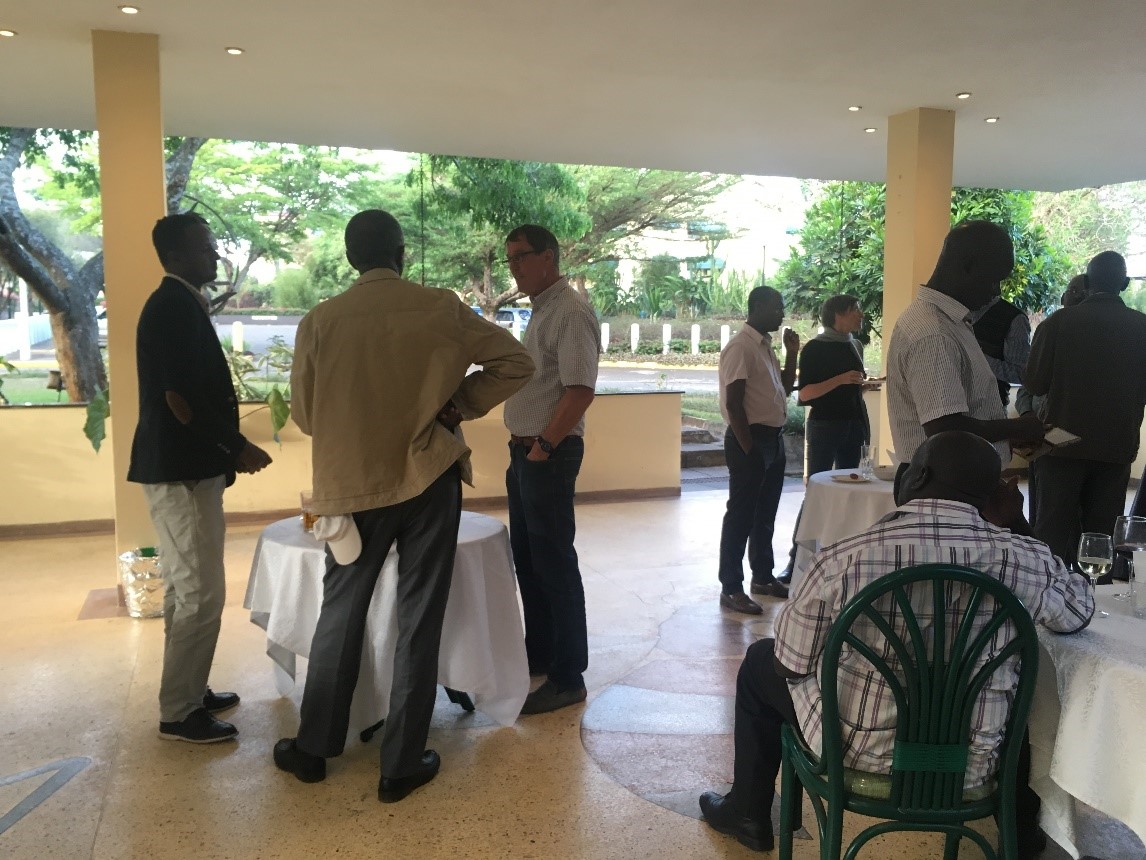Blog CLEANED training take two: Kenya

The second CLEANED training occurred Nov. 21-23. Similar to the previous training in Rwanda, the participants were personnel from the livestock sectors, this time from Ethiopia and Kenya. Participants included researchers, livestock development officers and university lecturers from Kenya Agriculture and Livestock Research Organization (KALRO), Send a Cow Kenya, Send a Cow Ethiopia, Egerton University, Siaya County Representative, Ethiopian Institute of Agricultural Research (EAIR), Wolaita Sodo University Ethiopia and Dairy consultant working with the private sector and development partners.
Written by Jessica Mukiri

CLEANED stands for Comprehensive Livestock Environmental Assessment for Improved Nutrition, a Secured Environment and Sustainable Development along Livestock and Fish Value Chains. You can find the Excel tool in this link. This ex-ante environmental impact assessment tool allows users to explore multiple environmental impacts (see figure on the left). The aim of the training was to strengthen technical capacity for agriculture stakeholders and for them to use this tool as a means of improved decision making in the agriculture development sector with a focus on livestock systems.
During the training, the participants gave opinions on who they believe can use the tool. This included researchers, students, policymakers, extension agents, consultants and program officers.
The training also gave a breakdown of the different methodologies and calculations used to build the tool as well as different sources where users can obtain data to make the tool context-specific. This included: IPCC, RUSSLE, NUTMON and web sources such as the Tropical Forages selection tool and the SoilInfo App This is discussed in full in the CLEANED technical note.
The training also looked at the data that is needed to fill the tool and participants discussed the different sources of data needed to feed in the tool can be obtained from:
- Administrative levels of governments, e.g. county, district
- International, regional and national research organizations (EIAR, KALRO, CIAT etc.)
- Universities
- Industry players, e.g. Dairy processors
- Cooperatives and CBOs
- Surveys, household interviews

During this training, there was a networking session where participants from the different regions were given an opportune to discuss their interests outside the training with fellow participants and other members from the tropical forages team in Nairobi. Uwe Ohmstedt from CIAT Kenya talked to new livestock personnel in Ethiopia and discussed the different ways to disseminate improved grasses such as Brachiaria. More info about improved grasses.
On the last day of the training session, participants presented their modeled farms. This included looking at zero grazing units Western Kenya, designing a model dairy enterprise at Wolmera district in the Central Ethiopian Highlands and Modeling a farm of improved calves in Meru Kenya.
At the end of the training, participants gave their feedback on the aspects they liked.
A researcher is able to know the expected productivity of a selected enterprise as well as the impact on the environment before implementation of the enterprise. This enables one to undertake any suitable adjustments on the planned activity and to have informed decision.
The training challenged me to read more about greenhouse gas emissions from livestock. A very useful tool!
They also gave suggestions on how to improve the tool and the training.
Benchmarking data and easier method to interpret results.
The training period was short and needs to be increased to at least four days
NGO SAC staffThe team has been working on improving the tool with the next version to be published early next year.
